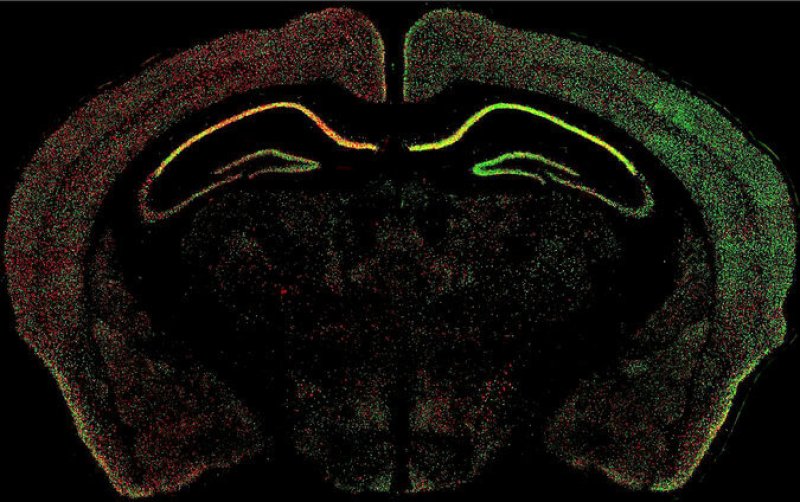The term “X chromosome” has an air of mystery to it, and rightly so. It got its name in 1891 from a baffled biologist named Hermann Henking. To investigate the nature of chromosomes, Henking examined cells under a simple microscope. All the chromosomes in the cells came in pairs.
All except one.
Henking labeled this outlier chromosome the “X element.” No one knows for sure what he meant by the letter. Maybe he saw it as an extra chromosome. Or perhaps he thought it was an ex-chromosome. Maybe he used X the way mathematicians do, to refer to something unknown.
Today, scientists know the X chromosome much better. It’s part of the system that determines whether we become male or female. If an egg inherits an X chromosome from both parents, it becomes female. If it gets an X from its mother and a Y from its father, it becomes male.
But the X chromosome remains mysterious.
Read the full, original article: Seeing X Chromosomes in a New Light
Additional Resources:































